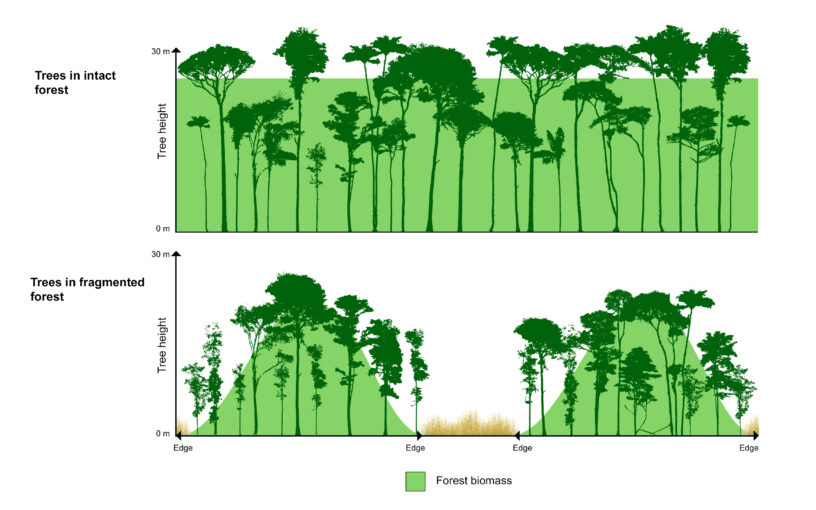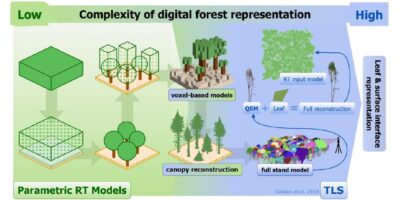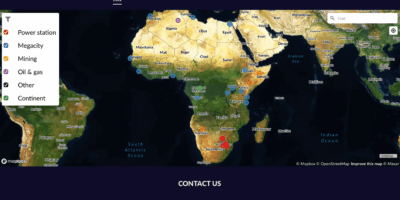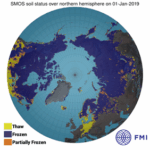Researchers used laser scanning to map out how the fragmentation of forests affects tree shape in the rainforests of Brazil. The results shed light on the impact of human activity on the tropical environment and on climate change in a new way.
Until now, there haven’t been comprehensive studies to measure how forest fragmentation impacts tree forms. Tropical deforestation is causing forests to break into smaller pieces, leading to increased exposure to ‘edge effects.’ These effects often cause higher temperatures and greater tree mortality.
Eduardo Maeda, Associate Professor at the University of Helsinki, and Finnish Meteorological Institute coordinated the project. The laser scanning and modeling study led by Dr. Matheus Nunes, currently at the University of Maryland, used advanced laser measuring techniques to address this question. The study was made while Dr. Nunes was a postdoctoral researcher at the University of Helsinki.
Professor Maeda argues that exposing this previously unaccounted carbon source will help us grasp the full magnitude of the impacts of deforestation on the global climate. Simultaneously, gaining insight into how the forest responds to human disturbances will provide scientists and policymakers with new tools to enhance mitigation strategies.
The study created detailed digital models of Amazonian trees. These models were used to calculate different shape characteristics that are related to the tree properties, such as mechanical stability or their capacity to intercept light and water.
The findings were recently published in the Nature Communications journal.
Edge-effect reshapes the trees
The results showed a clear difference in the shape of trees at forest edges, in comparison to trees in the interior of intact forests. Trees that survived the edge creation were reshaped to withstand the new conditions, having thinner trunks and more symmetrical shapes. On the other hand, new trees growing at the forest edges developed structural characteristics that maximize light capture.
But more remarkably, the results showed that these changes in the shape of trees contribute to a large decline in the amount of carbon stored in the forest. While it was known that forest edges store less biomass, due to factors such as high mortality of tall trees, this study revealed a 20% additional reduction in stored biomass from changes in tree shape. Given the vast areas covered by tropical forests, small changes at individual tree levels are likely to have substantial relevance for global carbon emissions.
More information
Eduardo Maeda, Associate Professor, University of Helsinki, and Finnish Meteorological Institute, eduardo.maeda@helsinki.fi
Scientific article is available on Nature Communications journal.
Reference: Nunes, M., Vaz, M., Camargo, J.L., Laurance, W., Andrade, A., Vicentini, A., Laurance, S., Raumonen, P., Jackso, T., Zuquim, G., Wu, J., Penuelas, J., Chave, J., Maeda, E.E. “Edge effects on tree architecture exacerbate biomass loss of fragmented Amazonian forests”, Nature Communications, 14, 8129 (2023). https://doi.org/10.1038/s41467-023-44004-5
University of Helsinki: Forest fragmentation is changing the shape of Amazonian trees (14.12.2023)








Leave a Reply
You must be logged in to post a comment.